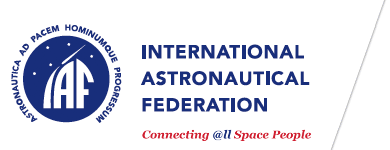Galileo In-Orbit Validation Streamlining operations within different operation centres
- Paper number
IAC-13,B6,3,1,x18218
- Author
Mr. Fabien Armogathe, EADS Astrium Satellites, Germany
- Author
Mr. Danilo Liberatore, EADS Astrium Satellites, Germany
- Author
Mr. Gerald Schmidt, Germany
- Author
Mr. Alexej Konrad, Germany
- Year
2013
- Abstract
Due to the challenging system architecture of the Galileo mission, the operations tasks and responsibilities of the Galileo IOV satellites were shared between different entities and organizations, located in different geographical areas. In fact, the satellites were designed by Astrium Ottobrunn - Germany, LEOP operations were conducted from the Centre National D’Etudes Spatiales in Toulouse - France, while IOT and routine operations were prepared and executed from DLR in Oberpfaffenhofen, Germany. All preparatory activities were coordinated between these centres, with exchange and maintenance of operational products within this multi-site environment. This required a dedicated effort to control and streamline the operational processes but inevitably also resulted in duplication of activities. The interface to most of the satellite functions is provided via the Avionics Software. This underlines the importance of the availability of a highly flexible, configurable and reliable SW which also had to support the requirements regarding the different construction phases of the satellites before launch. Specific provisions have been made within the SW development process, the design and the interface definitions to ensure the on-time support of all expectations and the long-term maintenance throughout the lifetime of the satellites. As part of the Avionics Software, the implementation of AOC algorithms ensure control of satellite orientation and position along the orbit. The AOC functions provide a very high degree of robustness and autonomy with a user-friendly TM/TC interface allowing Ground to operate the satellite in an efficient and flexible manner. Special requirements on S/C orientation coming from thermal sensibility of the atomic clocks aboard are fulfilled by autonomous dynamic yaw steering and the momentum vector estimation allowing perfect S/C attitude at any orbit position. This paper presents the operational workflow between the different Galileo IOV entities in terms of preparation, tools and processes, describes the interactions between the various parties involved and the multi-national partnership. The lessons learned gained through the two IOV missions and their implementation are also presented which should be taken into consideration for any future missions deploying a similar operational segment structure.
- Abstract document
- Manuscript document
IAC-13,B6,3,1,x18218.pdf (🔒 authorized access only).
To get the manuscript, please contact IAF Secretariat.
